Is That Fly a Nymph? A Look At Insect Life Cycles
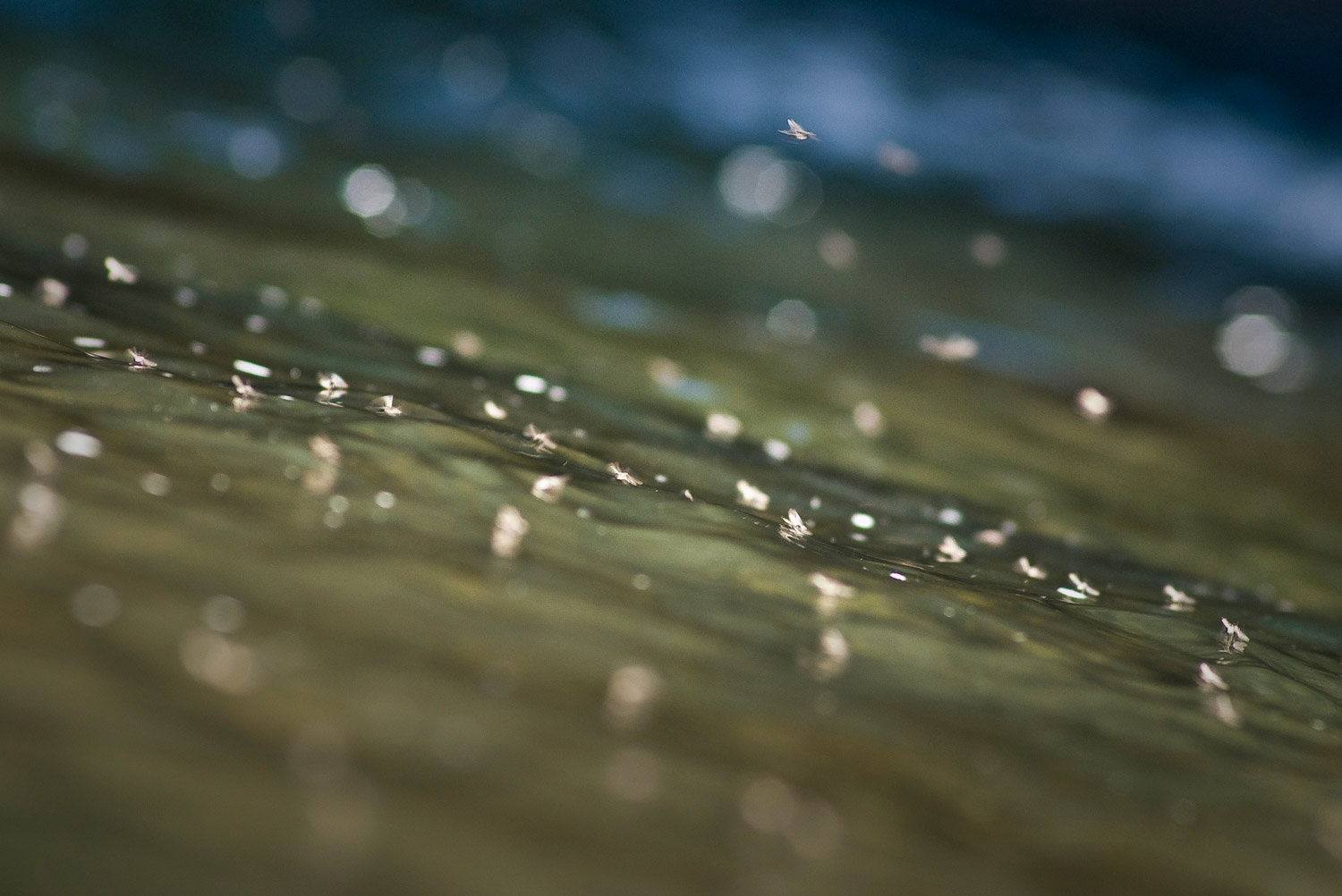
I’m not generally one to engage in exercises of semantics but I believe there is more at stake here than clarity of the word. I know that when I first became aware of midge patterns many years ago, I was reluctant to fish them because
Read More »3 Ways to Make Your Wiggle Minnow Fish Better
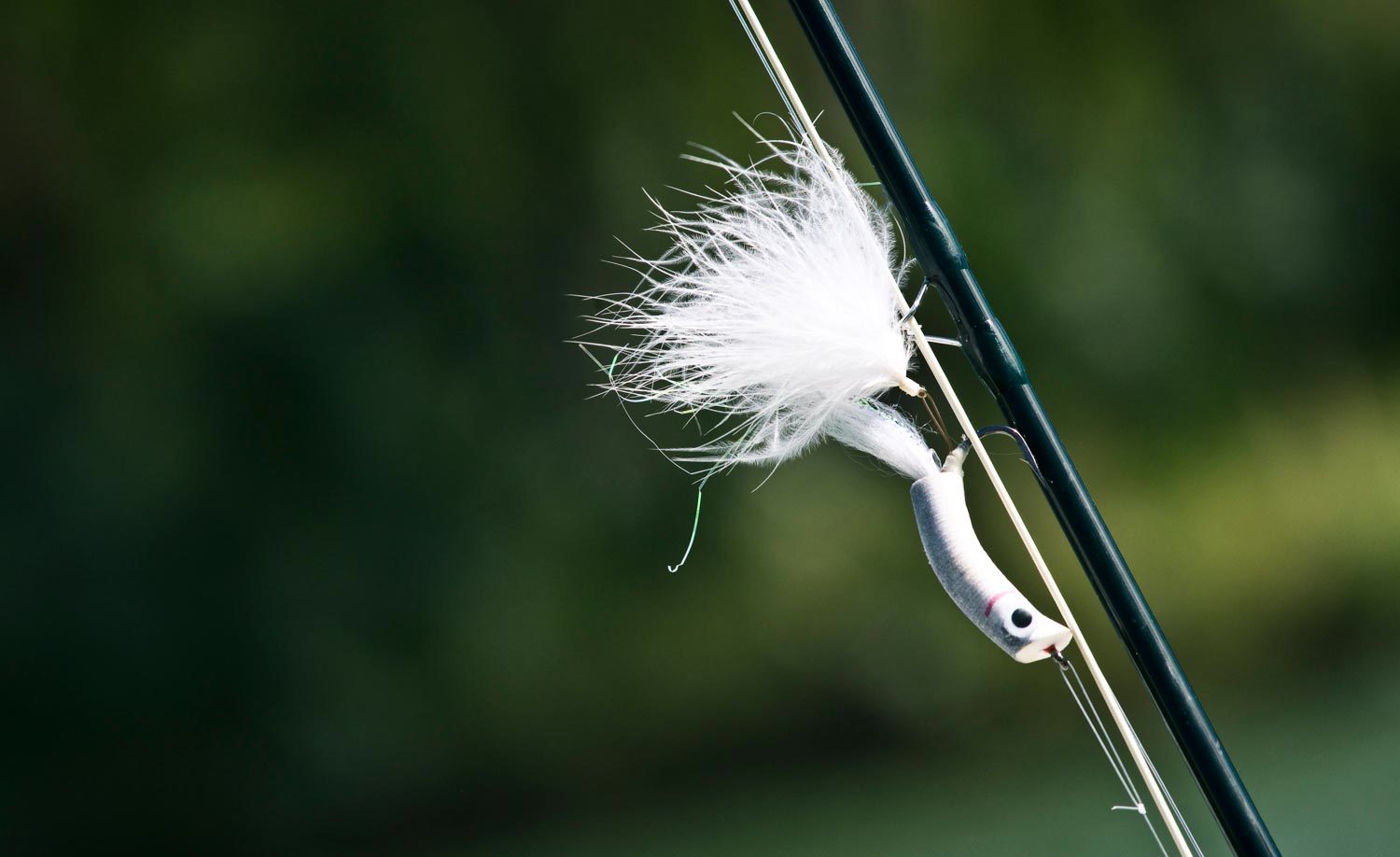
The foam wiggle minnow has been a mainstay streamer for me for trout and other predatory game fish for several years now. When you combine its realistic swimming action and the significant water it pushes during the retrieve, its one of the best streamers I know of for calling in fish from great distances to eat. Plain and simple, the wiggle minnow will catch fish just about anywhere you visit in both fresh or salt, regardless of the water conditions you may find yourself fly fishing. Furthermore, it also fishes well on all types of fly lines (floating, intermediate, sinking) and on a wide range of rod weights. This can prove to be very valuable if you find yourself on the water with limited gear options. The last few years, I’ve been experimenting with modifications to my wiggle minnows in the effort to improve their fishability.
Read More »Sunday Classic / Crazy Water on the Dean
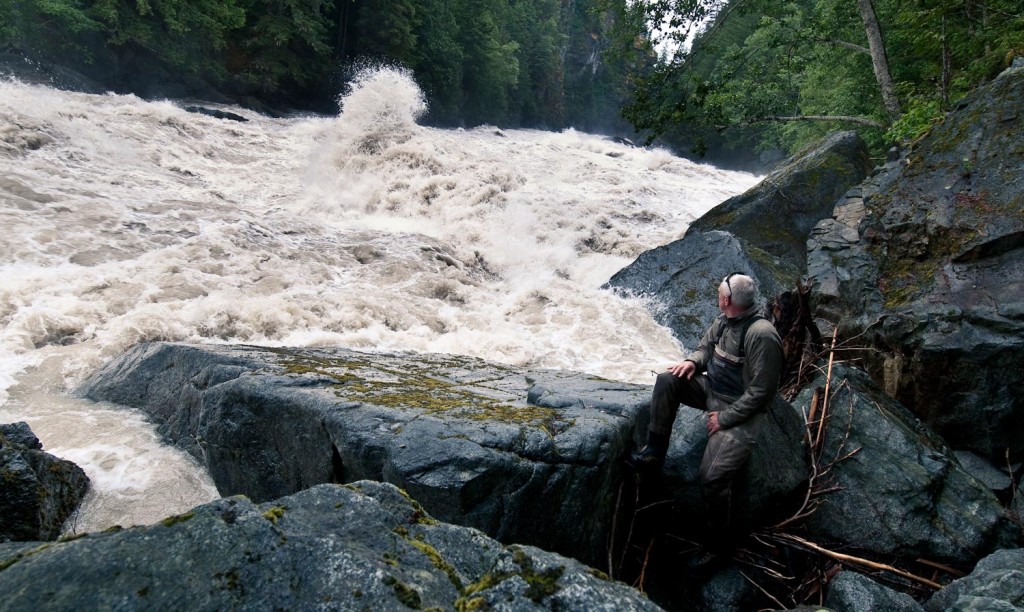
THIS VIDEO IS FROM A TRIP SEVERAL YEARS AGO.
I recently saw a very different Dean River. The river was as low as I’ve ever seen it at the end of this June. The fishing was still great and you will be reading more about that trip soon.
You will be reading more in the coming weeks about my trip to British Columbia to fish the Dean River. In every post I will likely mention the tough fishing conditions. In order for you to really understand what I mean by “tough fishing conditions” I put together this little video.
I have never seen a river so crazy high. The fact that we fished the very next day and the fact that we caught fish that week is a testament to what a truly remarkable river the Dean is. I can’t wait to go back but I hope I have better conditions.
Read More »Saturday Shoutout / Pesqa on Trailer Hooks
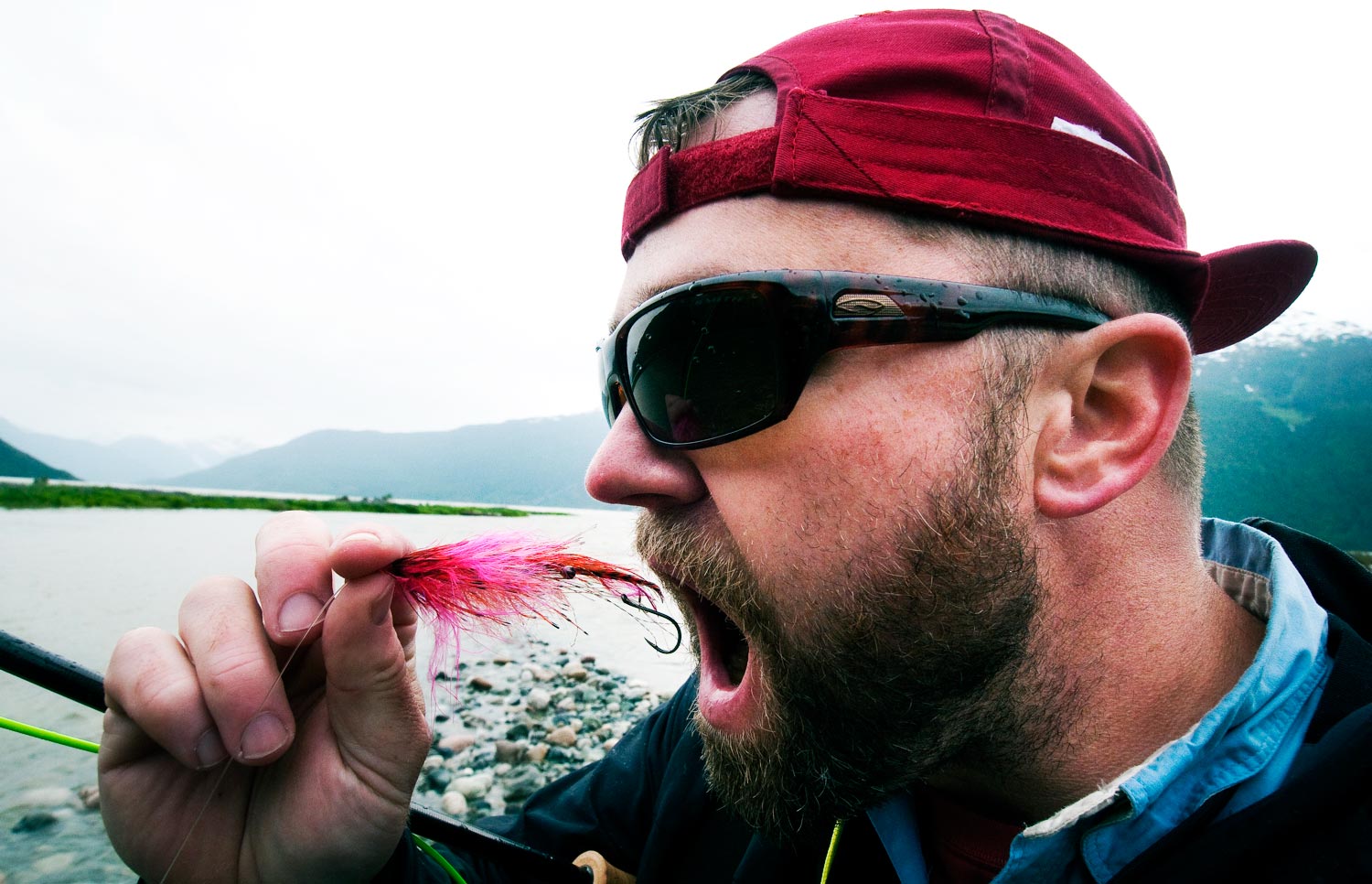
I’VE BEEN LUCKY TO SPEND SOME PRETTY SPECTACULAR DAYS ON THE WATER WITH SCOTT BAKER-MCGARVA.
It was on one of these days that Scottie showed me how to rig a Hobo Spey to help prevent fish mortality. It’s a lesson that stuck with me. In fact, it was at that point that I started fishing tube flies exclusively when steelheading.
It turns out that some of the flies that catch the most fish also do the most harm. It’s a simple problem to fix once you’re aware of it, but many anglers just aren’t. When I saw this interview with Scottie on the Pesqa Blog, I knew I had to share it.
Read the interview and learn to rig your flies so they catch fish, not kill them.
THE DAMAGING EFFECT OF FLIES
Read More »Handling An Anchor Safely And Easily

Too many anglers don’t understand how dangerous a boat anchor can be.
I was talking to a good friend the other day about an auto accident he was in. He was T-boned at an intersection while towing his drift boat. His wife was in the passenger seat and his two year old daughter in her car seat behind them. Luckily, they all walked away with only minor injuries, although his boat was completely destroyed.
Later, viewing the footage from a traffic camera, his blood ran cold. The video clearly showed his pyramid anchor punching through the back window and sailing across the intersection, missing his daughter’s head by less than a foot.
The energy of a car accident can turn a boat anchor into a cannon ball. I know way too many anglers who drive around with an anchor in their truck or SUV, just waiting to turn a fender-bender into a fatal accident. Don’t be one of them.
A couple of years ago I had a brain-storm while in the Home Depot. I bought one of those XXL carabiners they sell for bundling tools and drop chords. It’s turned out to be a great tool for managing my anchor safely and easily. I don’t know how I ever got by without it.
Order one HERE, NOW!
WATCH THIS VIDEO TO SEE HOW I HANDLE MY ANCHOR SAFELY AND EASILY.
Read More »Trout Fishing The Low Warm Water of Summer
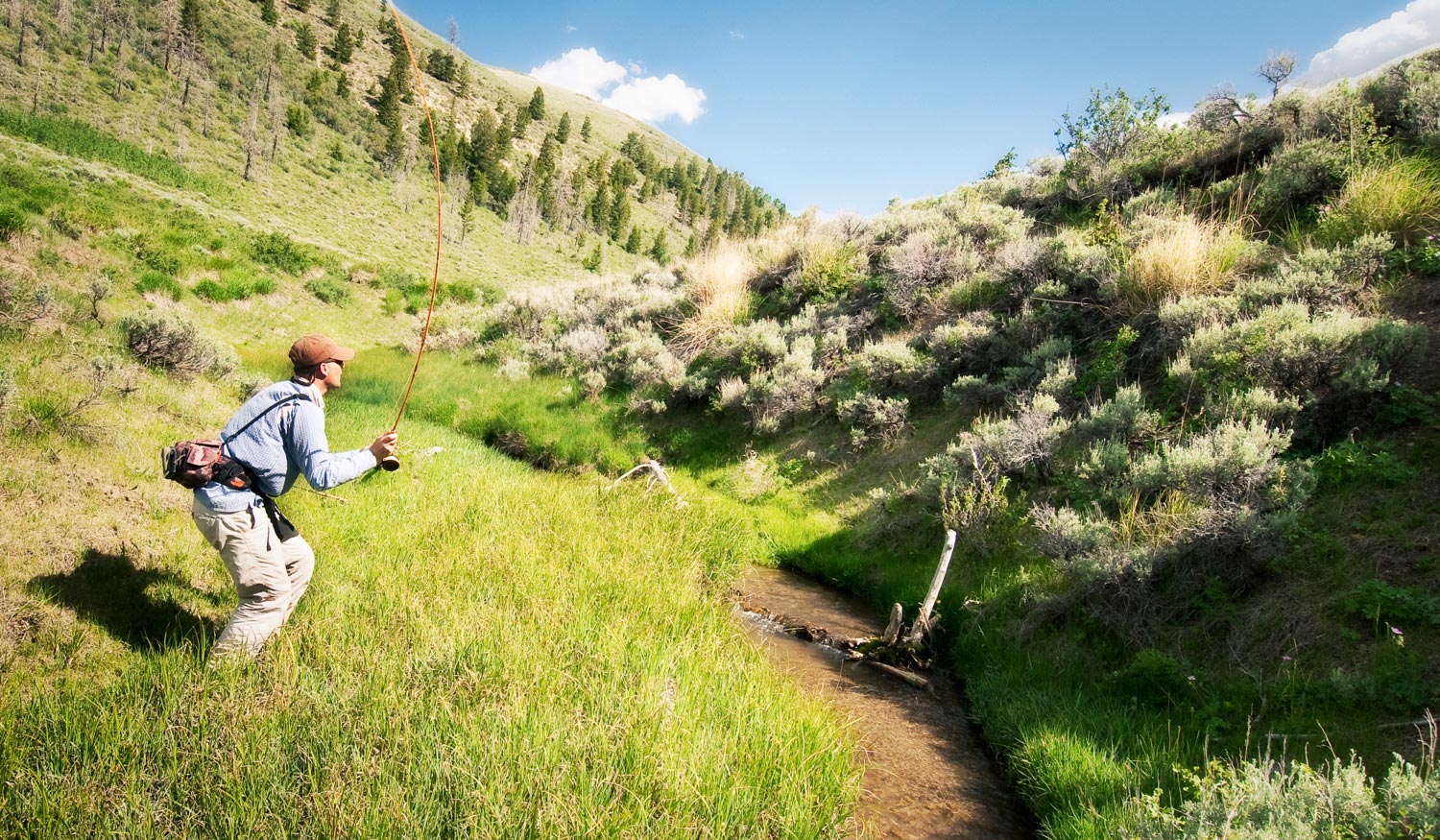
By Kevin Howell
Low, warm water is tough on trout and anglers.
Over the years I have been forced to fish for trout in some of the worst possible conditions, from high water, to days that the ice freezes instantly on your guides. The absolute hardest fishing of all though is the low hot water of late summer. Not only do the fish not want to feed but you have to worry about killing them when you hook them.
When water temperatures reach 70 degrees, it’s time to chase carp or bass. The main thing to remember is that you as an angler have an ethical responsibility when trout fishing in low, warm water. Use as large a tippet as you can, so you can land the fish as quickly as possible. If you are struggling to land a fish, break it off, so that you don’t stress it and kill it.
Spend as much time reviving the fish as you spent landing, if you spent 10 minutes (which is way too long) landing it, then spend 10 minutes reviving it. In low hot water you should not spend more than 1-2 minutes to land any fish, regardless of it size. The other big issue in the summer is taking pictures; in this low hot water do not take the fish out of the water. It is kind of like you running a half marathon and the very second you are done, someone holding your head under the water.
HERE ARE SOME OF MY BEST SUMMER TIPS:
Fish are reluctant to feed in times of warm water, or low water. They are just trying to survive so you need to draw a reaction or impulse strike. Your flies should have extra life added to them, rubber legs, soft hackles, Emu feather gills etc. The more annoying the motion of the fly the better your chance of getting a reaction strike.
Trout will not move a great distance to feed in low, warm water; your presentations will have to be almost in a direct line with the fish. This may require more sight fishing and/or multiple cast to the same area.
Be exceptionally careful of making waves in slow or shallow water. This will spook fish quicker than an errant cast.
Fish any decent
Read More »Some Days It’s All About the Twitch
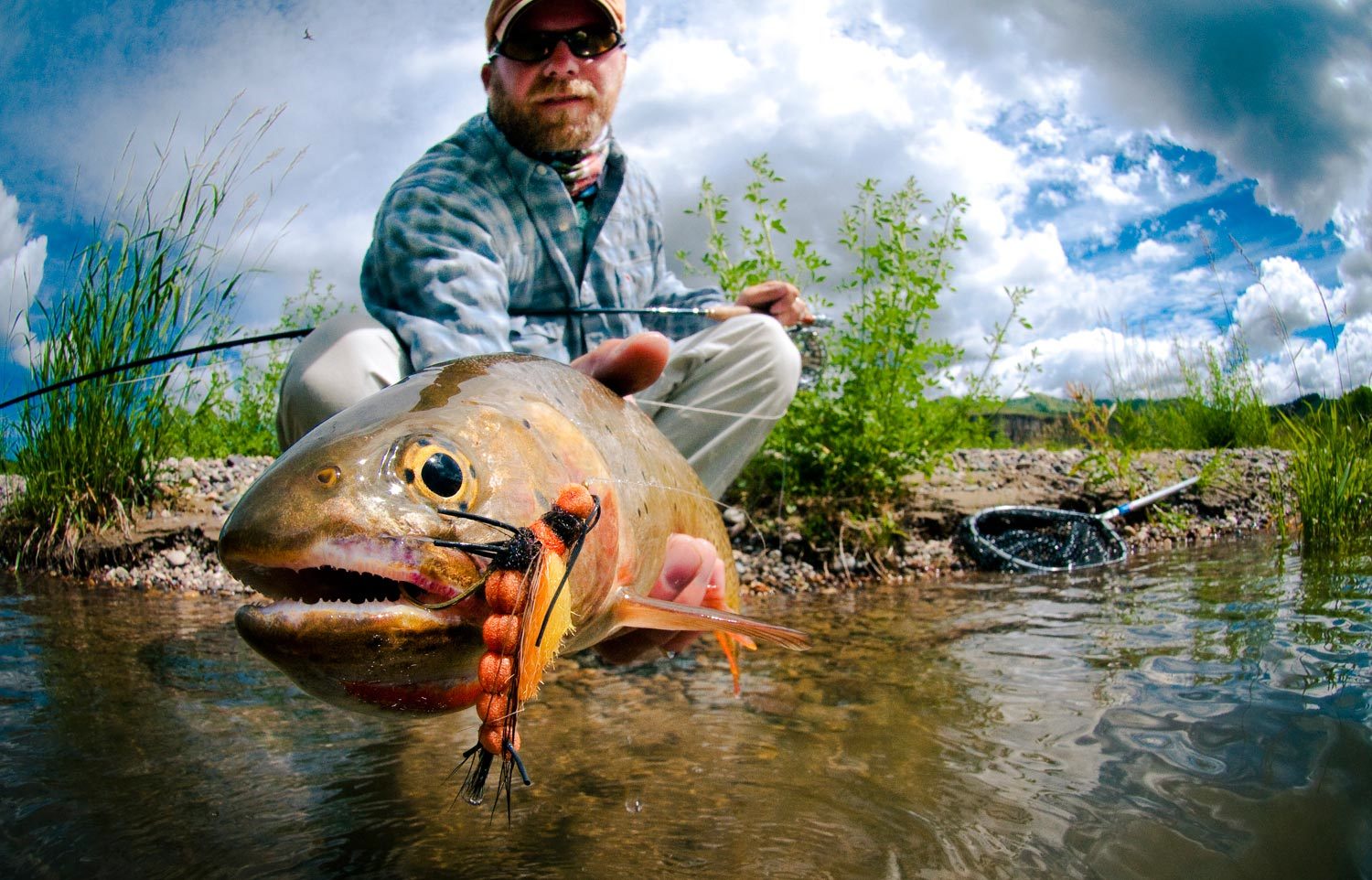
Last week, I had the honor of fly fishing with Rob Parkins (WY & ID veteran guide) and Zack Dalton (Farbanks Sales Manager) on the South Fork of the Snake River during an epic salmonfly hatch.
Read More »Do weights and simplicity go together? A tenkara perspective
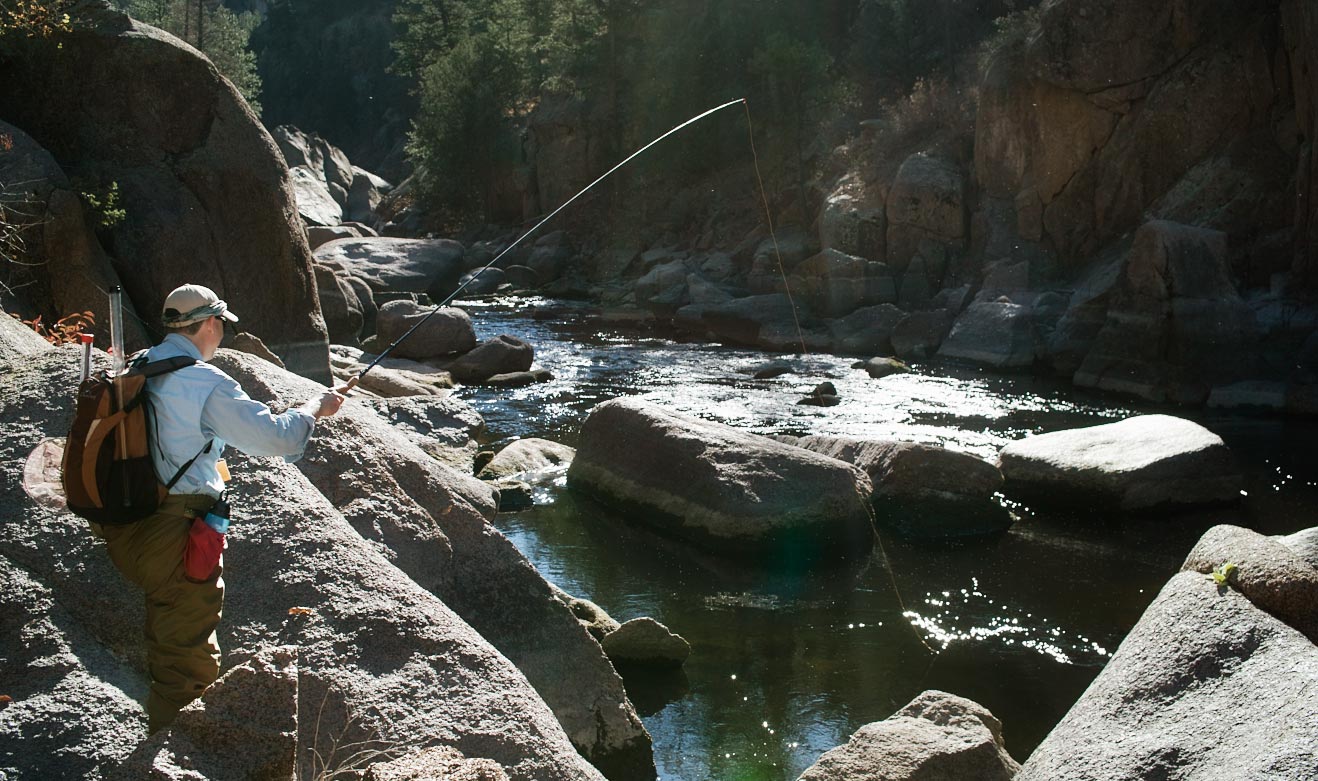
ABOUT FOUR YEARS AGO I VISITED CHEESEMAN CANYON FOR MY FIRST TIME.
Cheeseman is a renowned fly-fishing destination in Colorado; it is well known for sizeable fish that think they are too good for our flies. The canyon features deep pools with relatively slow moving water. The water is typically crystal clear, which means you can see the fish down deep. Sometimes you can even see the white in their mouths, which means they are laughing at you as your fly goes by. You can probably sense some of my disdain for the behavior of those snooty trout, huh?
But the reality is that I love fishing those “3 miles of gold medal fishing,” as the sign by the parking lot announces. The fishing there is challenging. And, that is a good thing. It serves as a place to learn and grow as a fisherman. That first visit also gave me something I have been reflecting on for the last several years: do I really need weight to get my fly down deep?
Weights are used to get the fly down to fish holding deeper. They can be either wrapped around a fly in the form of a metallic wire, or connected to the line above the fly in the form of split-shot, putties, or in new forms of which I can no longer keep track. They are useful. I won’t deny it, and I will preface the rest of this article by saying I have absolutely nothing against the use of weights, although I do find it a shame that so much of it gets left behind due to tangles with branches and snags on river bottoms.
I personally approach fishing from a different angle. For the last 7 years I have been learning the tenkara method of fishing from different teachers in Japan. Tenkara, as you may have read in this blog and other places, is a simple Japanese method of fly-fishing that uses “only a rod, line and fly.” Perhaps I should rephrase that, tenkara can be a simple method of fly-fishing. The method can quickly get more complex by adding accessories to the rig and moving from “only a rod, line and fly” to “a rod, line, fly, strike indicator, floatant, splitshot and the-latest-announced-fishing-gizmo”.
There is historical evidence of tenkara flies that were wrapped with copper thread to make them heavy. And, we also know of tenkara anglers in Japan using weights above the fly. I am not by any means shunning the use of weight for any purist or traditionalist reason. But, rather, I have decided to see what I could leave behind in order to hone technique.
As John Gierach put it in the tenkara chapter of his book, All Fisherman are Liars, “[tenkara is] a useful thought experiment in which you ask not, How much do I need? But, How little can I get away with?”
The interesting thing about this thought experiment is
Read More »Careful What You Ask For
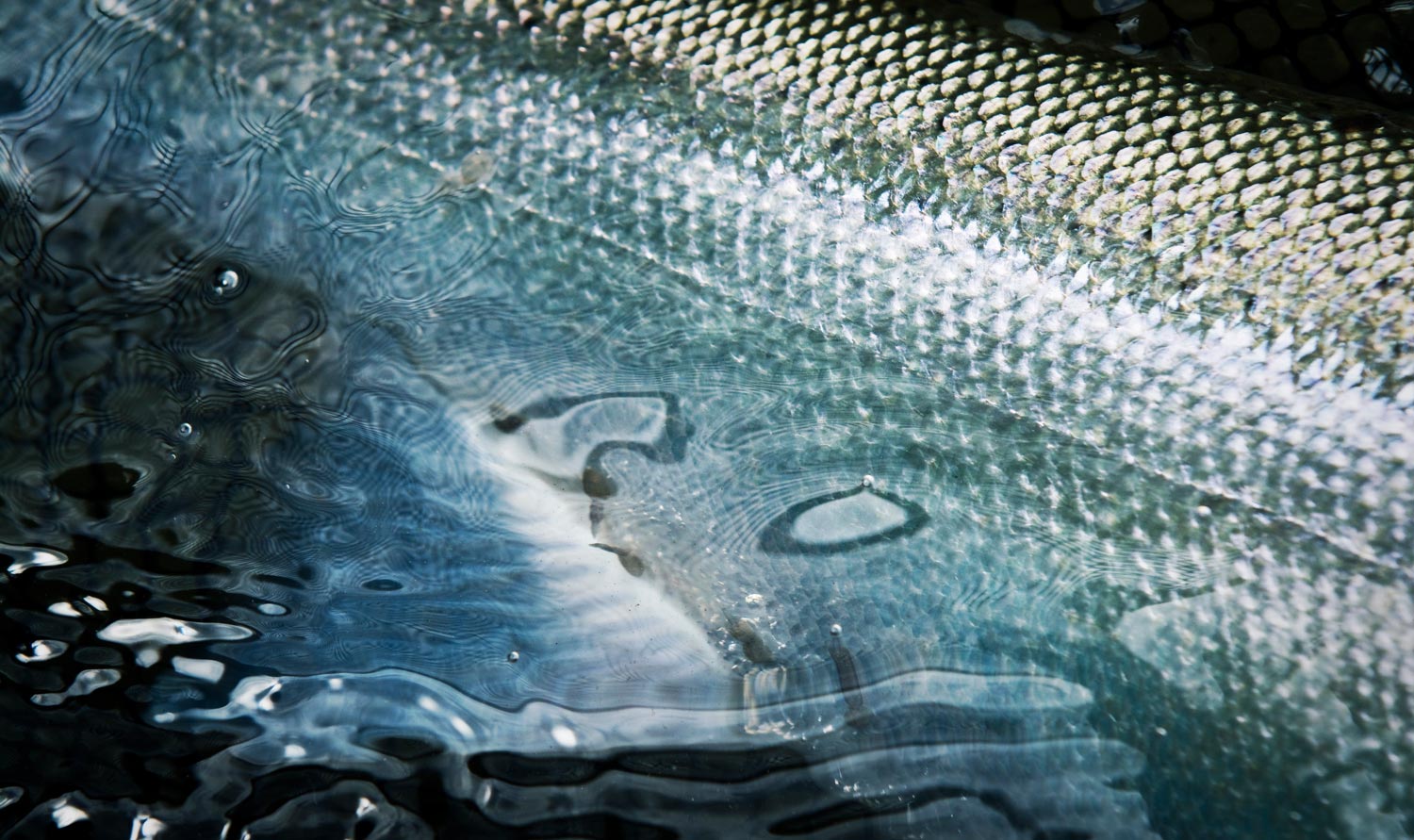
All fish are not created equal.
It’s funny how what we want out of fly fishing changes over the years. We’ve all heard the story, I want to catch a fish, I want to catch a lot of fish, I want to catch a big fish… As I evolve as an angler I always look for new experiences, new species, new techniques, anything to keep the game fun and challenging. I continue to spend plenty of time covering old familiar territory, but what I get out of it is very different. Fishing a stream that used to be all about hunting big trout, may now be a great way to share some time and water with an old friend or watch a new friend catch their biggest fish to date. Just as rewarding, but in a different way.
That doesn’t mean that I no longer have goals as an angler. I’m very goal oriented. Those goals are just more complicated than they once were and they are defiantly not all about fish size. Two years ago when I landed a 42-inch steelhead on the Dean River, my friend Andrew Bennett said, that may well be the biggest steelhead you’ll ever catch. My personality almost precludes that kind of thinking, but it would be arrogant to not see that he might have been right. I haven’t given up on breaking that personal record, but I have incorporated some less size based goals.
I was back on the Dean recently, at the awesome Kimsquit Bay lodge, and although I didn’t go with a goal in mind, I guess I had one rattling around back there somewhere. I was telling a buddy that I’d never had what seems to be a pretty common experience on the Dean. I’d never had a steelhead really take me to the cleaners. I’ve hade some pretty tough fights on that river. It’s no myth that those fish are the hottest and most aggressive in the world, but I’d never had the experience of getting that big midstream eat with the fish heading for the ocean and no prayer of stopping it. That sounds fun and I’ve always wanted to do it
I’d pretty much made up my mind that it was all hype. Most anglers, in my opinion, even experienced anglers, have no idea how hard they can and should fight fish. Many just don’t have the technique and few actually have a good grasp on the amount of pressure they put on fish. If you are a serious tarpon angler, you know what I’m talking about. Until you get out the spring scale and fly rod, you’re just guessing and you’re probably guessing wrong. I wrote those Dean stories off to hyperbole. That, it turns out, was premature.
I was fishing a run called Cut Bank
Read More »Sunday Classic / Nymph Fishing, There’s Nothing Wrong With It
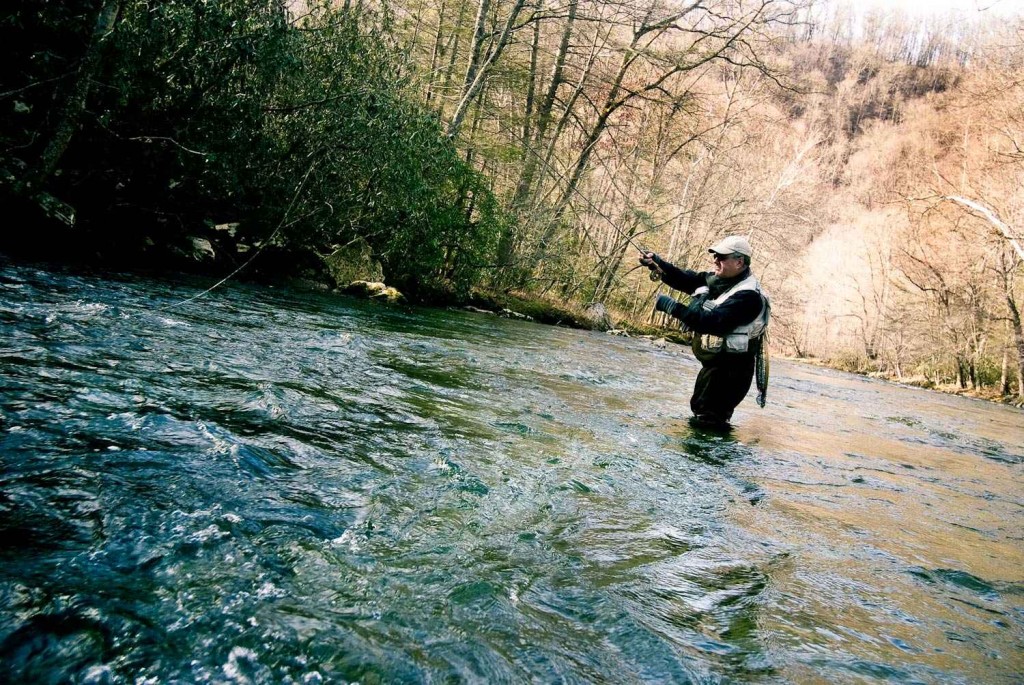
It seems like every where I look, I see blog posts all over the place chastising and bad mouthing nymph fishing. I hear comments claiming nymph fishing is nothing more than mindless fly fishing. That watching indicators floating down the river all day is boring. So let me ask you this, does it make since to instead fish a dry fly if your chances of catching fish are slim to none? To me, that’s what’s boring and ridiculous. My objective on the water is always to decipher what the fish are predominantly feeding on, and then fish the appropriate rig and fly that allows me to imitate it to my best ability. Whether or not the fly pattern is a wet or dry fly has no bearing to me at all. All that matters is that it’s the right choice for the moment. To frown upon nymph fishing and purposely avoid it, even when it’s obvious it’s an anglers best bet for success, is like a golfer choosing to putt with a driver instead of a putter. It will work but it’s obviously not the best gear choice. We don’t go through life purposely choosing to take the most difficult path in the off chance we’ll find success. Just as in fly fishing, it doesn’t make any sense to fish one method of fly fishing over another just because it feels more pleasing to the soul. I can stomach doing it every now and then, but to ignore fish behavior and throw away my adaptive fishing tactics, just because I dislike nymph fishing or any other method, seems to go against all the teachings that our fly fishing pioneers have worked so hard to pass down to all of us. It doesn’t matter what type of fly pattern your fishing, … Continue reading
Read More »